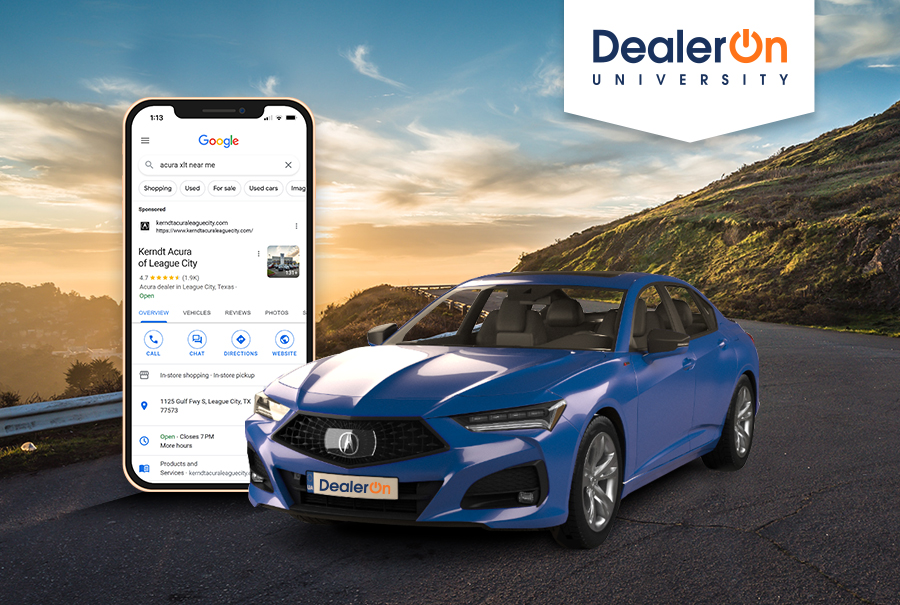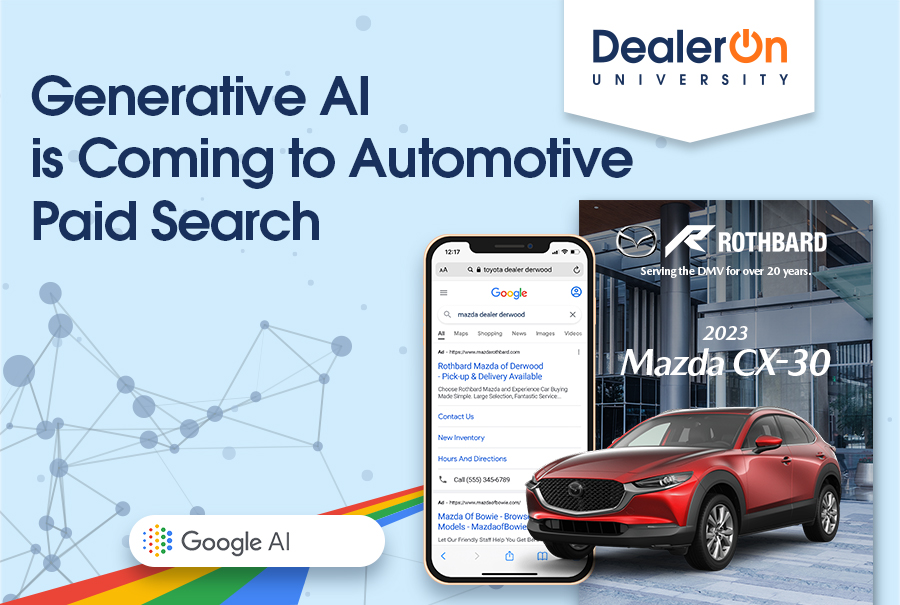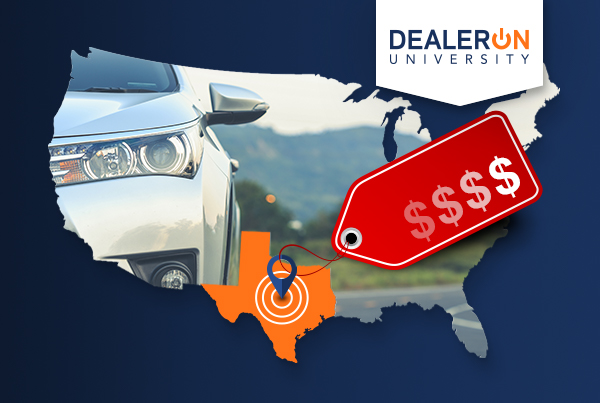
If you need a quick way to generate website traffic, look no further than PPC advertising. When utilized correctly, PPC advertising is one of the most effective marketing methods for getting your messaging out to potential customers. Learn how your dealership can take advantage of PPC Advertising in this edition of DealerOn University.




